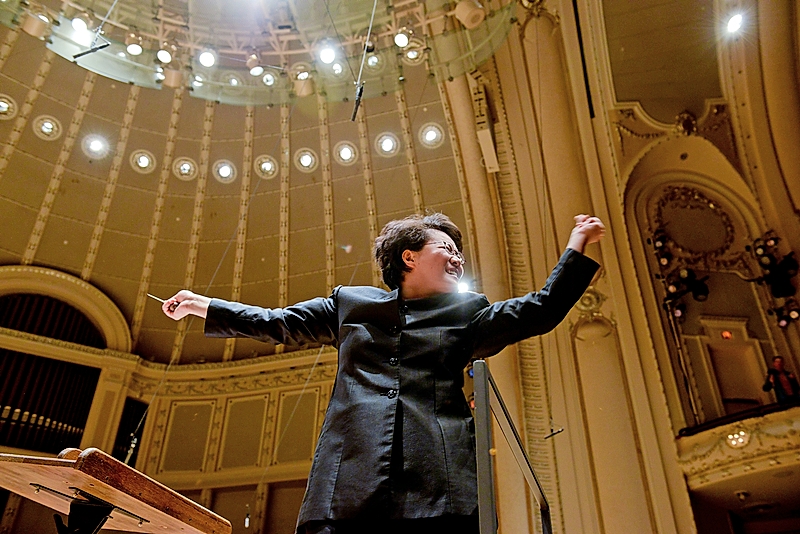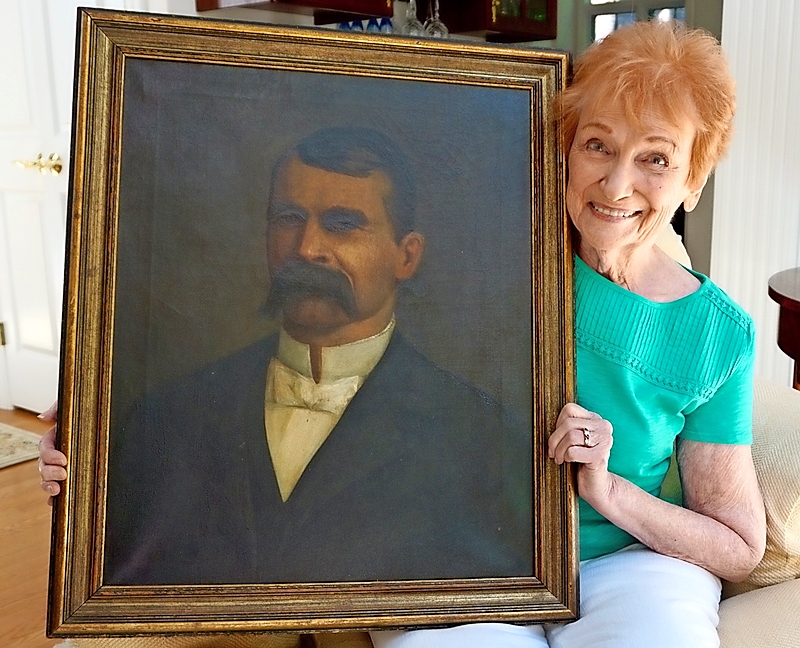The 630 | September 2017
By Naperville Magazine
September 2017 View more 630

Spirited Sights and Sounds
Chicagoland’s accessible and defiantly different orchestra turns thirty
The first time I witnessed a Sinfonietta concert was—admittedly—part work obligation, part time-killer. Naperville magazine sponsors the concert series, and there was nothing on my calendar that cold January afternoon. By the time I left the building I had laughed, I had cried, I had experienced something amazing. And I was checking the schedule for the next concert date.
In a word, Chicago Sinfonietta is moving. Each constituent—from conductor Mei-Ann Chen to the talented musicians and guest artists—creates an energy together that is both intoxicating and experiential. This is not your grandmother’s symphony.
CEO Jim Hirsch explains that the award-winning and diverse symphony members “strive to take their audiences on a journey, blending repertoire that people are familiar with, but also take people where they might not expect to go.”
Special season
To mark its thirtieth anniversary, the Sinfonietta has planned an extraordinary trip for patrons, starting with its opening concert, Trademark. In addition to two world-premiere works, performances will include an unusual collaboration of a collegiate steelpan ensemble, and an urban dance company.
Northern Illinois University’s Steelband will perform, with the Sinfonietta, an abridged version of one of the most-famous Steelband arrangements of calypso music, Pan in A-minor, showcasing the steelpan’s versatility.
Chicago’s Cerqua Rivera Dance Theatre (CRDT) Artistic Director Wilfredo Rivera was commissioned, with Grammy-nominated composer Clarice Assad, to create “Sin Fronteras” (“No Boundaries”), a fusion of Latin American music and American jazz. The movement celebrates diversity and beauty, two themes central to the work of the Sinfonietta and CRDT.
“It’s a monumental composition,” says Rivera. “What Clarise has done is a celebratory journey, the ultimate atmosphere of humanity getting along together.”
West suburban residents can experience this journey with Chicago Sinfonietta at its season-opening concert in Wentz Concert Hall on September 16 at 8:00 p.m. If you go, heed the ride instructions on the flyer: Buckle up.
 Who is James Nichols?
Who is James Nichols?
This German immigrant, who taught himself to read, gifted the 1898 library building that scores of residents are now trying to save
The story of James Lawrence Nichols (1851–1895) is like many historical biographies: He lived a remarkable life despite personal hardships, and his memory has been preserved in a building that bears his name. Which is precisely why his family and other community activists are trying to stop the development—nay, demolition—of the city’s original library on Washington Street.
Nichols was born in Germany in 1851, emigrated to the US at the age of six, and was orphaned by age eight. He was physically abused and neglected while working as a farm hand in rural Illinois towns like Mendota.
Nichols attended school sporadically, but he taught himself enough English to earn a teaching certificate and finish his degree at North-Western College (now North Central) in Naperville. He taught at his alma mater for eight years before starting several businesses, including a furniture manufacturer and a publishing company.
Before Nichols’ life was cut short in 1895 at the age of forty-five, he set up a trust fund so that no boy or girl should be without books, as he had been. A sum of $10,000—over a quarter-million dollars today—was earmarked for the city’s first library built in 1898. (To read his incredible autobiography, visit idaillinois.org and search “James Nichols.”)
As Naperville grew, so did the library’s collection; in 1986 the Jefferson Avenue library opened, followed by branches on Naper Boulevard and 95th Street.
Today the original building on Washington Street is under development consideration and is receiving much scrutiny; a public hearing has been scheduled this month and an online petition has been signed by over 1,200. Although the future of the building remains to be seen, the legacy of James Nichols—and his love of books and the written word—certainly carries on through every patron of the city’s libraries.


